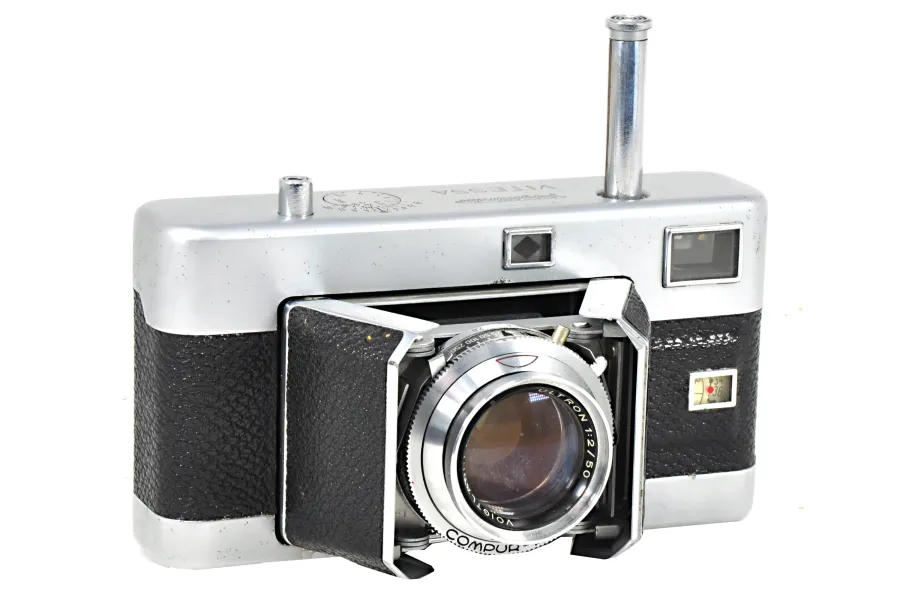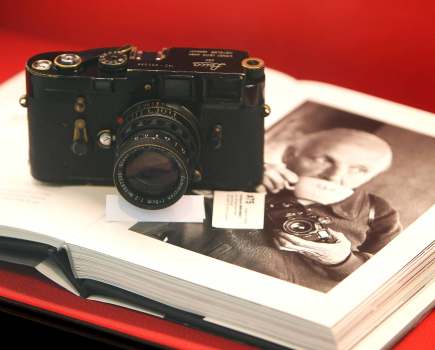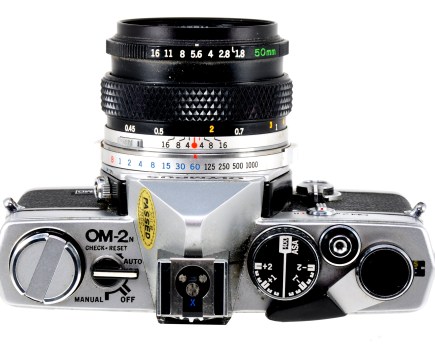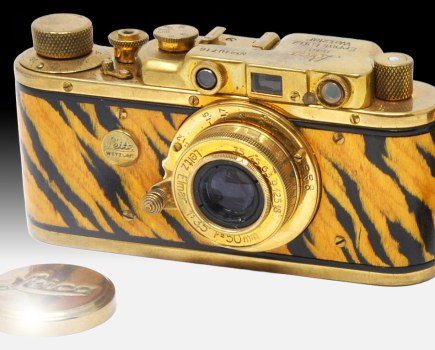Voigtländer could often be relied upon to tackle traditional camera design in new ways. Most folding cameras of the 1950s involved dropping down a bed from the body with a lens that self-erected on struts and bellows. Voigtländer improved on that by using an arrangement usually known as barn doors.
- Launched: 1950, Price at launch: approximately $45 / £35, Guide price now: $105-160 / £80-120
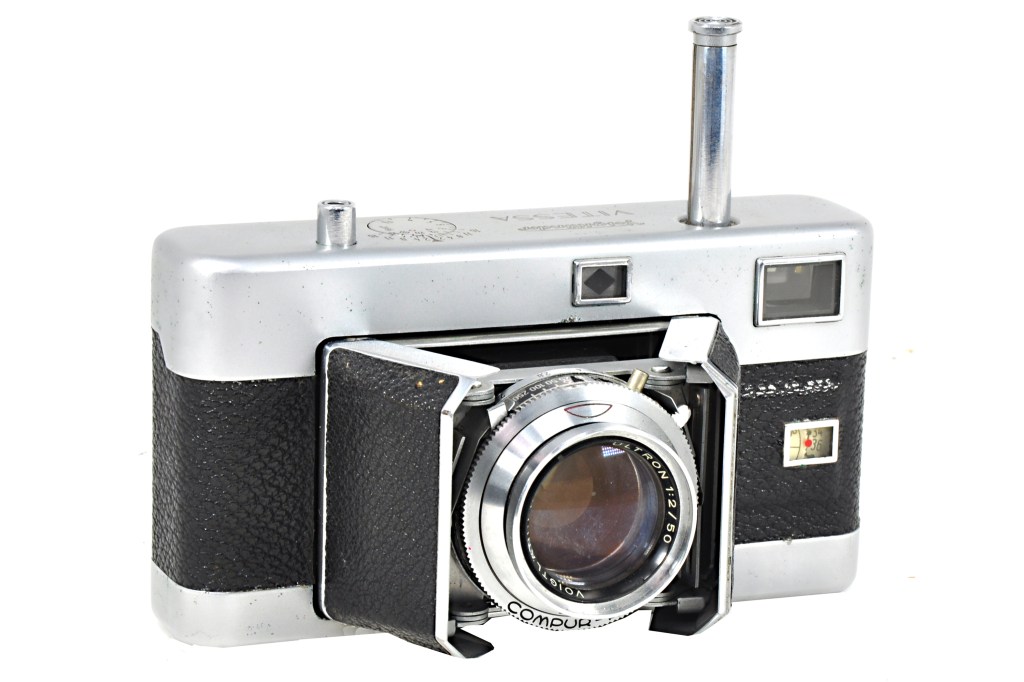
Folded, the Vitessa measures 13x7x3cm, small enough to slip into a decent size pocket, although at 700 grams it’s a bit hefty. As first pressure is taken on the shutter release, the twin barn doors jump open and the lens leaps forward ready for action. At the same time, a 4.5cm long plunger launches itself from the top plate. Pressing this back all the way down tensions the shutter and winds the film before it springs up again.
The lens is focused by a thumbwheel protruding from the back of the body coupled to a rangefinder in the viewfinder. So, with the right-hand index finger on the shutter release, the thumb on the focusing control at the back and a left-hand index finger on the film advance plunger, focusing, shooting and winding can be carried out in rapid succession.
The frame counter is in a small window on the front of the body. The Vitessa’s strangest accessory is an ever-ready case with built-in flashgun inside the lid that opens up below the camera. It’s best used upside down to prevent unflattering light on faces.

Between 1950 and 1957, Voigtländer built many versions of the Vitessa Models A, N and L. The one reviewed is the second version of the Model A. It sports a 50mm f/2 Ultron lens, shutter speeds of 1-1/250sec and manual parallax compensation by means of a diagonally sliding viewfinder eyepiece. Folding the camera again involves pushing the lens gently back into the body when the barn doors will spring slightly apart and then close. Only then will the film wind plunger stay down when depressed.
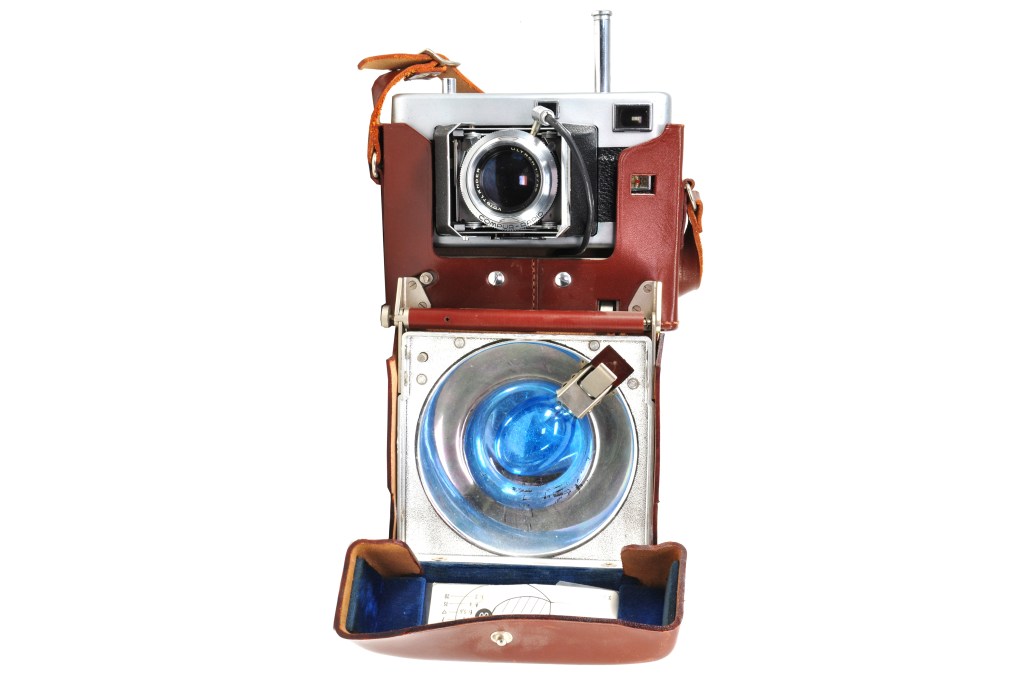
What’s good
- Quality German optics and mechanics, easy to open and shoot rapidly.
What’s bad
- The barn door mechanism is complicated and can stick on older cameras.
Related reading:

